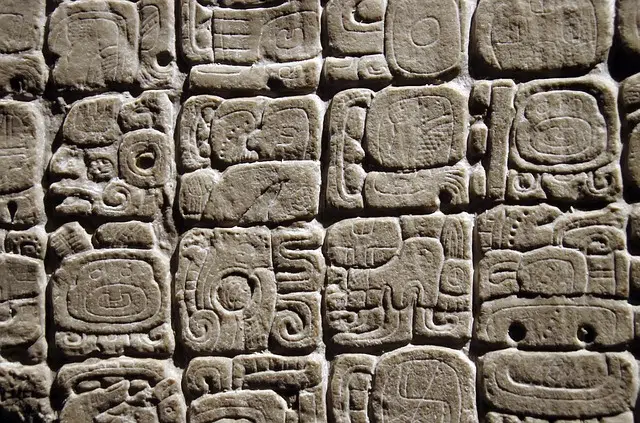
The Mayan people were one of the most important in Mesoamerica.
There are several notions linked to America that often give rise to confusion, such as Ibero-America or Hispano-America . These are terms that refer to specific characteristics to establish regions or divisions within the continent .
Mexico and Central America
This time we are going to focus on Mesoamerica . This name refers to the areas of Mexico and Central America where the most important pre-Hispanic cultures developed.
The concept of Mesoamerica , therefore, combines geographical, historical and cultural features. It is important to note that it is not a synonym for Central America (or Central America ), which only mentions geography .
Mesoamerica is often stated to include the southern part of Mexico ; all of Belize , El Salvador and Guatemala ; and the western sector of Costa Rica , Nicaragua and Honduras . In the pre-Columbian stage (that is, before the arrival of Christopher Columbus to America ), this large territory housed great civilizations, such as the Mayan and Aztec peoples ( Mexicas ).
Impact in various areas
Mesoamerica was characterized by agricultural activity with crops of corn, cocoa and other species; the domestication of the dog; and the implementation of a civil and other ritual calendar. Their societies were organized according to the relevance and role of different groups, while their religion was based on polytheism.
The use of water, the use of a numbering system, human sacrifices and the ball game are other features that are identified in the cultures of Mesoamerica , where a distinction is usually made between the preclassic period , the classical period , the epiclassic period and the postclassical period .
Mesoamerican writing
The various peoples who belonged to Mesoamerica throughout the era before colonization developed different writing systems, which today can be included in this region but are also studied separately. Thanks to them they were able to leave records of the most significant events of their development. It is important to note that this occurred independently, just as it occurred in China and Mesopotamia.
Although we cannot be sure of knowing all of these writing systems, currently there are several that have been rescued and deciphered, even if only partially. In all of them you can see a combination of logograms (units that in themselves represent a word, a morpheme or a lexeme) with syllabic elements. Note that they do not fall into the category of hieroglyphic writing. To date there are records of less than ten Mesoamerican writing systems, although it is not possible to specify the exact times in which each one was used, so it is not possible to know which of them was the first and, therefore, influenced in the development of others.

Mesoamerican writing systems are not hieroglyphic.
In any case, the Mayan of the Classic period stands out, which is the best known. Among the others we have the Olmec, the Zapotec, the Izapa culture, the ñuiñe and the Mixtec. Since some oral traditions were transcribed using the Latin alphabet throughout the Conquest, some fragments have survived the passage of time. The Popol Vuh , belonging to the Quinché people, among others, remains in the language of the indigenous people, a treasure to know its sounds and its structure.
Another example of transcription in the original language can be seen in the work General History of the Things of New Spain , which is also known as the Laurentino or Florentine Codex . Its writing, translation, editing and supervision was carried out by Bernardino de Sahagún , a Franciscan of Spanish origin. Unfortunately, many indigenous writings were destroyed.
